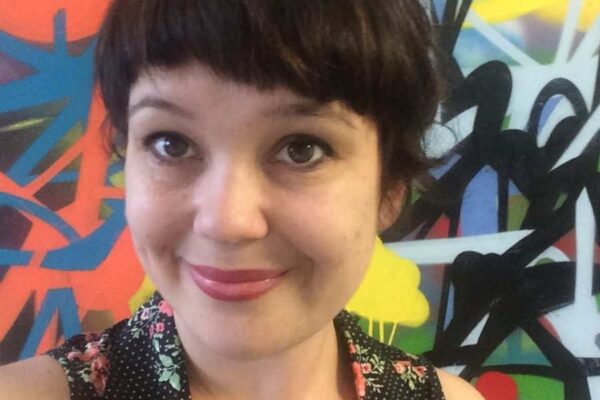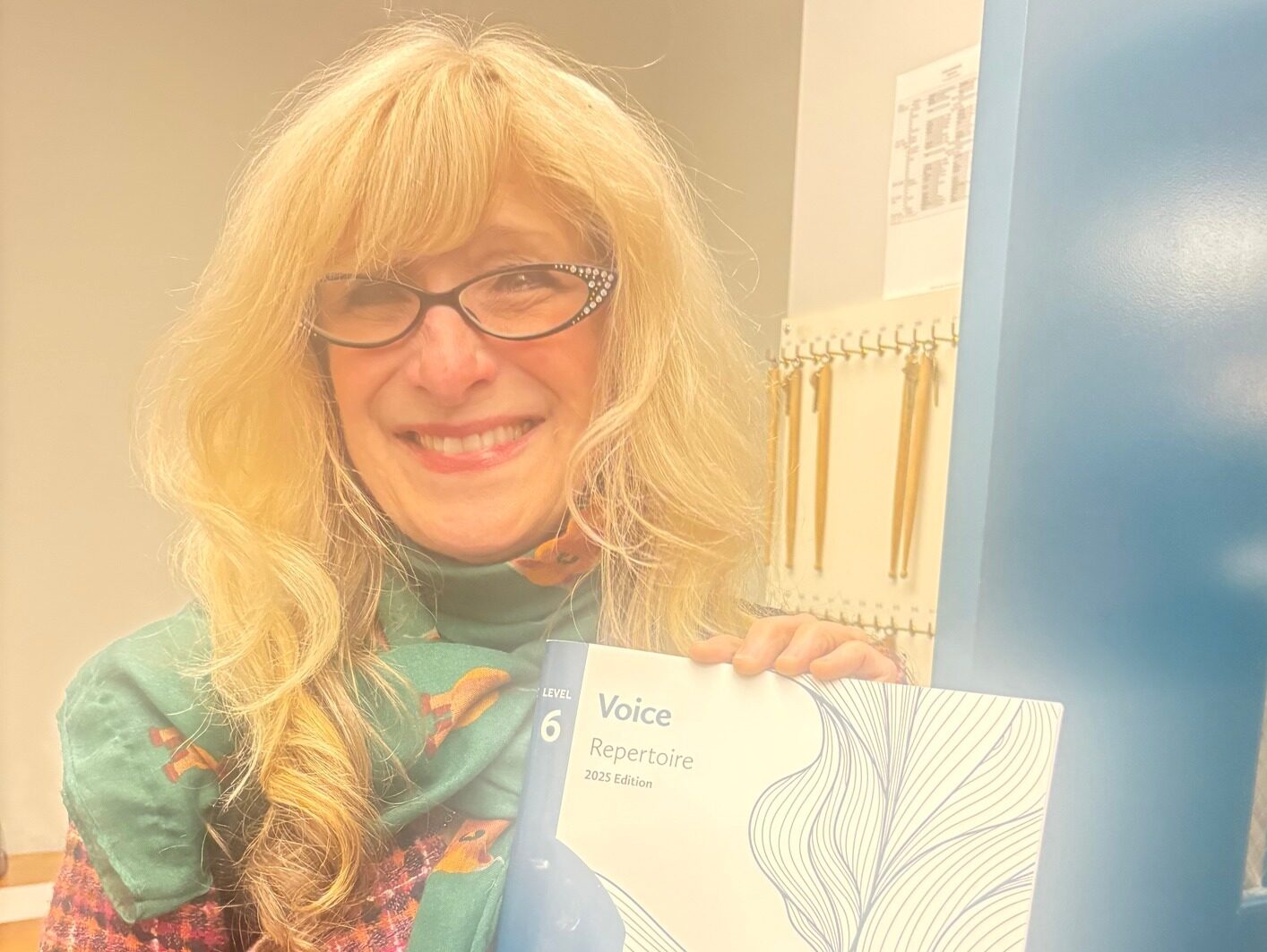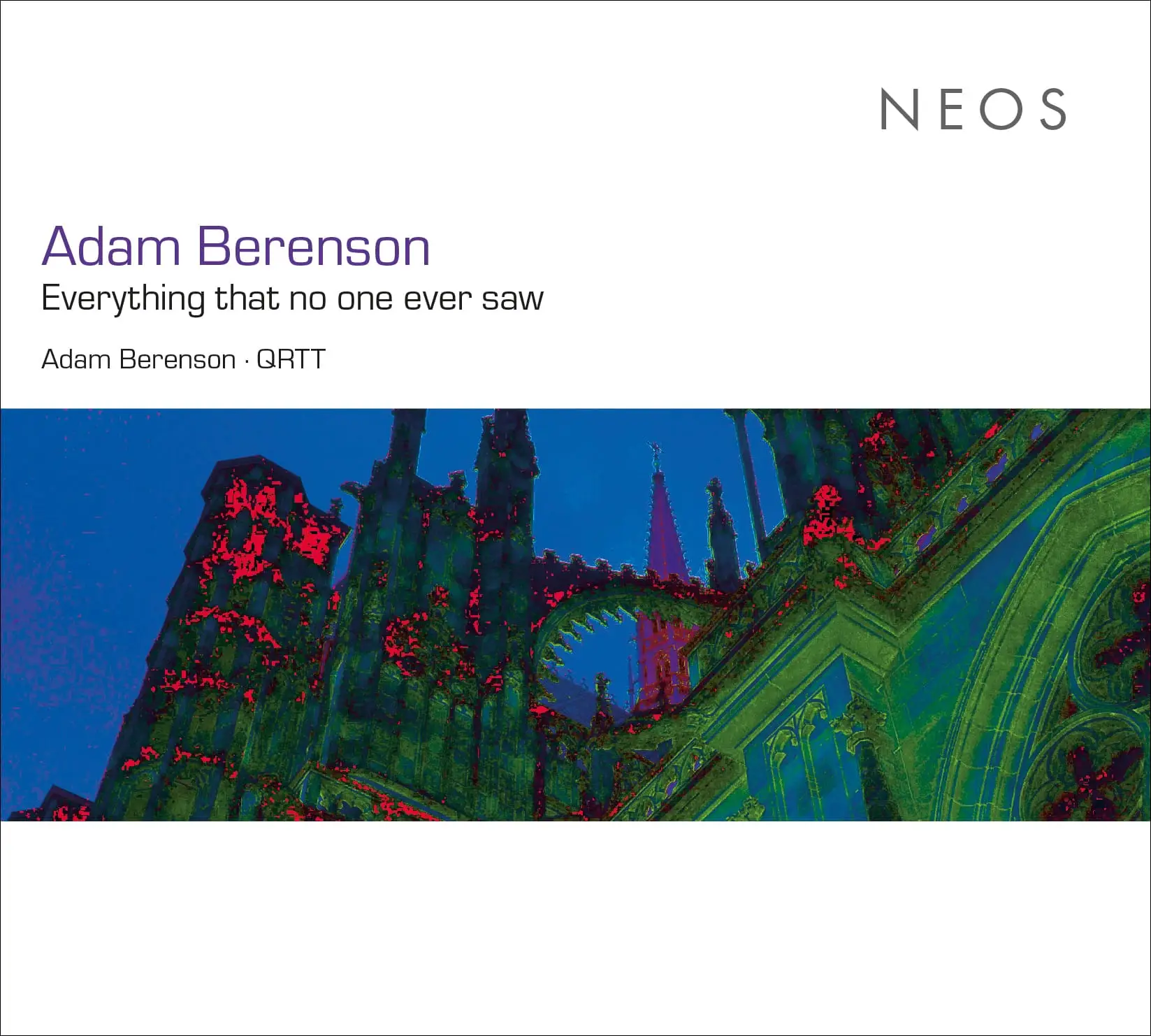
Faculty Friday – Sue Liedke
Artist teacher for kaleidoscope pre-k at our mary louise curtis branch, art instructor for kaleidoscope plus after school program, faculty member since 2013.
Sue Liedke finds inspiration for her art teaching at museums. She singles out some local ones that she visits – the Pennsylvania Academy of Fine Arts on North Broad Street and the Institute of Contemporary Art in West Philadelphia – along with some smaller Philadelphia galleries that show contemporary art.
A tour through the second and third floors of the Mary Louise Curtis Branch can be an inspiration – and an art lesson – in itself, as projects by Kaleidoscope Pre-K students fill the walls and stairwells throughout the year.
As the students study art and receive some early grounding in art history, they are also engaged in creating things themselves: drawings inspired by Blue Willow pottery, drip paintings a la Jackson Pollock, and much more.
To guide her students in both making and appreciating art, Liedke says, “I ask a lot of open-ended questions, like ‘what do you notice about the painting?’ or ‘what kind of lines do you see?’”
The Kaleidoscope year is structured around broad themes that help students work toward developmental, emotional and social goals. Liedke says finding existing artwork that fits the themes is “a challenge, but a fun challenge.”
For example, as part of the “Groups and Senses” themes, Liedke turned to the ancient world. “We built a cave in the classroom, studied 17,000-year-old cave paintings, and the students did their own cave art.”
She also collaborates with the other artist teachers, who lead instruction in music and dance, on commonalities between their subject areas and how they can address the monthly themes.
Liedke notes the progress that students make over the course of the school year as she sees how their drawings and concept advance and as they use different styles and methods in their artwork.
More than just developing their artistic skills, she sees the impact that the classes’ collaborative projects have. “It isn’t like making art by yourself, where you can just draw whatever you want,” she says. “Big art projects require sharing materials and ideas, as well as being flexible with your plans, so you can really see their social skills grow.”
As the 2015-16 school year comes to a close, Liedke hopes to bring more living artists into the classroom; a collaboration with one student’s father, who makes art as a street artist, was a highlight of the year. “We looked at slides of his work, and then I told them, ‘today, you get to meet the artist and do a painting with him,’” Liedke recalls. “They loved it.”


